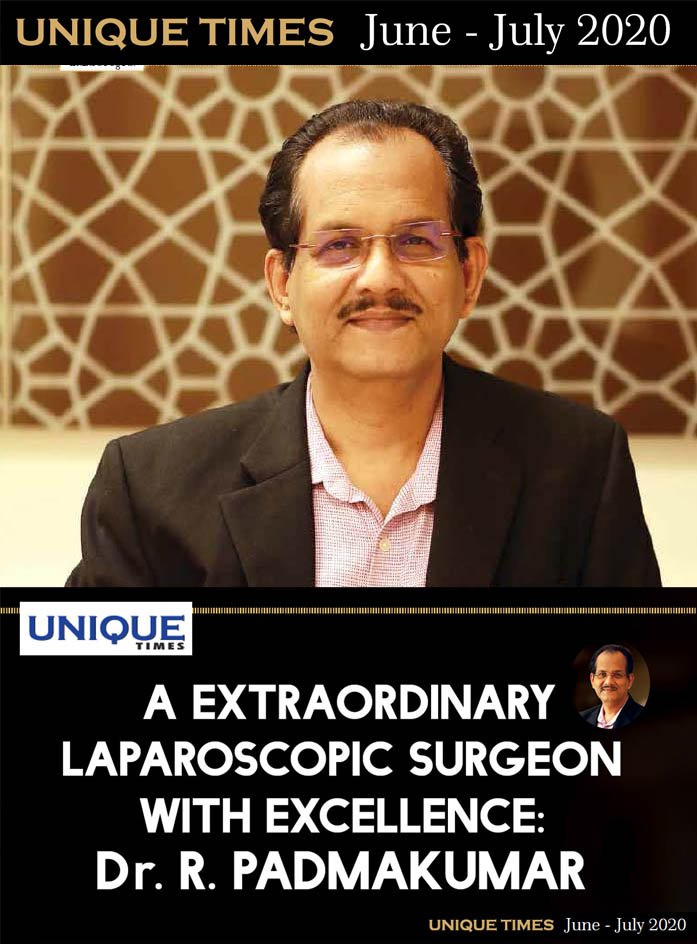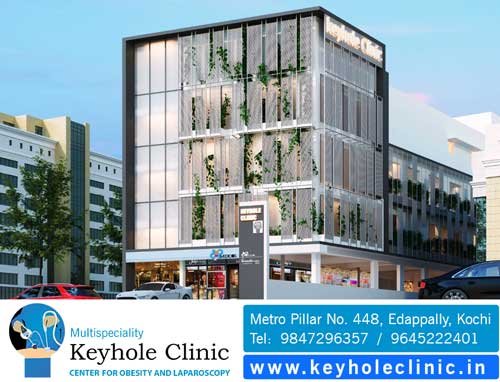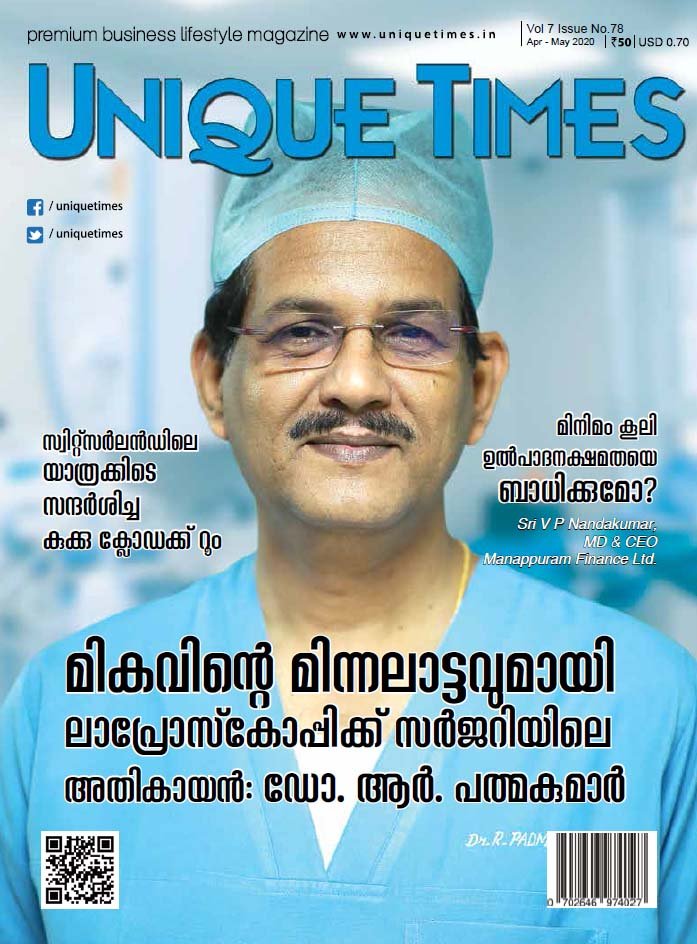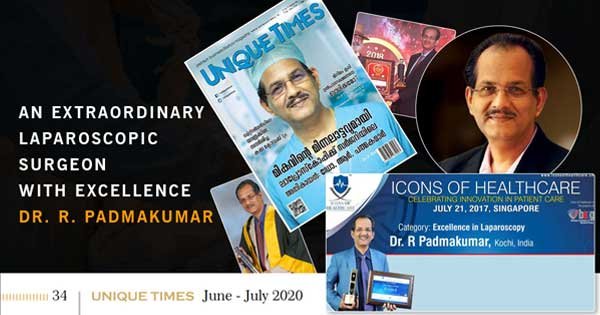Advantages of Laparoscopic Hernia Repair and Difficulties
Advantages Laparoscopic Hernia Repair
Level 1A evidence
- Lower incidence of wound infection and hematoma formation.
- Lesser pain & discomfort. Immediate postoperative pain and delayed pain is reduced.
- Shorter hospital stay.
- Early resumption of normal daily activities and work.
Level 1B evidence
- Incidence of recurrence as low as with Lichtenstein’s repair.
- Cost-effective when QALY (quality-adjusted life-year) is taken into consideration.
Level 4 evidence
- Deep repair of inguinal hernia addresses the issue of repair at the ‘point of origin’ rather than at the ‘point of presentation’. This gives a mechanical advantage over the onlay/ anterior mesh placement.
- Covering the entire myopectineal orifice of Fruchaud, the deep repair deals with all the potential sites at risk for herniation in the groin.
- Other co-existing diseases like cholelithiasis can be tackled in the same sitting.
- Larger mesh can be placed comfortably when compared to that in open technique.
- Reduces the chance of infection (mesh and wound) as wound is minimal & mesh is deep inside.
- Preferred in recurrence after anterior approach as preperitoneal space is untouched and dissection is easy.
Difficulties – Laparoscopic Hernia Repair
Level 1A evidence
- Longer operation time.
Level 2B evidence
Steeper learning curve.
A safe and successful outcome of any surgical procedure is dependent upon the clear understanding of the surgical anatomy of the relevant area. The laparoscopic view of the groin anatomy is quite different from that during open surgery. The laparoscopic view is essentially a posterior approach view. Most surgeons are well versed to the anterior approach. Changing to laparoscopic approach needs additional knowledge. Certain structures that are clearly visible during the open approach like the ilioinguinal nerve and the inguinal ligament are not as clearly visible with the laparoscope. It is not mandatory to visualize them as you rely on median, medial & lateral infraumbilical ligaments, inferior epigastric vessels, pubic symphysis, pubic arch, iliopubic tract, external iliac vessels, cord structures etc.
Level 4 evidence
- The laparoscopic view is a ‘virtual view’ with a ‘2- dimensional’ handicap. There is the additional loss of tactile feedback.
- Hand-eye coordination is the key as in any other laparoscopic procedure.
- The procedure may be difficult if preperitoneal space is dissected during prior surgeries.
About Dr. R. Padmakumar
Dr. R. Padmakumar is one of the Best Hernia Surgeon in India. He has been changing lives through Keyhole Surgery. He has got more than 30 years of hands-on experience in laparoscopic Surgery in major hospitals across India and has completed more than 7000 cases of Laparoscopic Hernia Surgeries. Dr. Padmakumar has trained more than 300 surgeons from all over the world the art of laparoscopic surgery especially Laparoscopic Hernia Surgery. Dr. Padmakumar is also hailed as one of the Best Bariatric Surgeon in India & UAE. He is renowned for new and improved treatment techniques and the first in the World to perform Scarless Bariatric Surgery with Tummy Tuck / Abdominoplasty. He is also one of the very few thyroid surgeons in India doing Endoscopic Thyroidectomy (scarless thyroid surgery).


-
Anal Fissure Treatment
- Piles / Hemorrhoids Treatment
- Varicose Veins Treatment
- Laser Treatment for Varicose Veins
- Diabetic Foot Treatment
- Gynaecomastia






